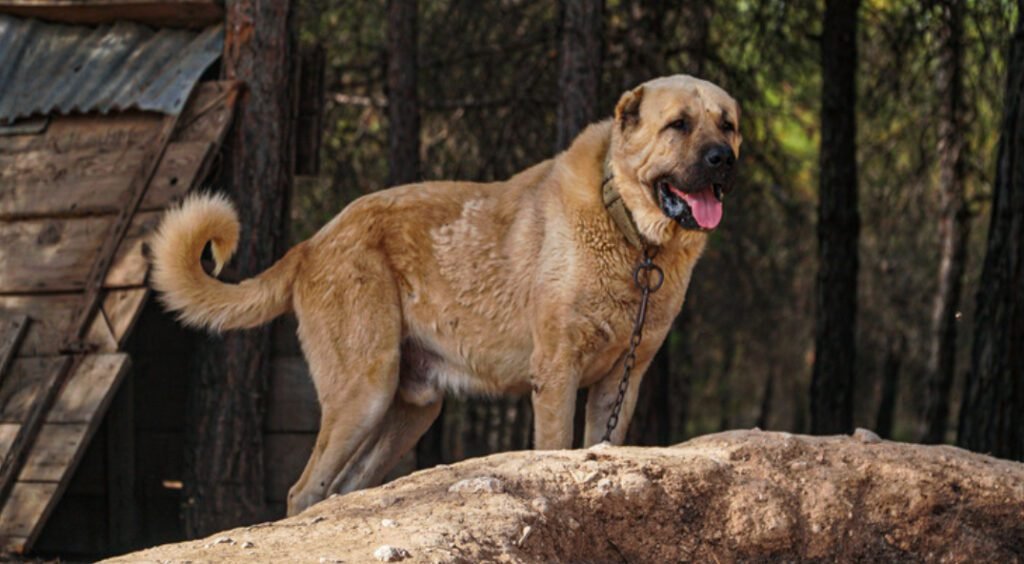
If you’re searching for a loyal guardian with a commanding presence, the Kangal dog might be the perfect breed for you. Known for their protective nature and strong build, Turkish Kangals have long been prized for their ability to guard livestock. In this comprehensive guide, we’ll explore everything you need to know about the Kangal dog breed, including training, diet, grooming, lifespan, and more.
Table of Contents
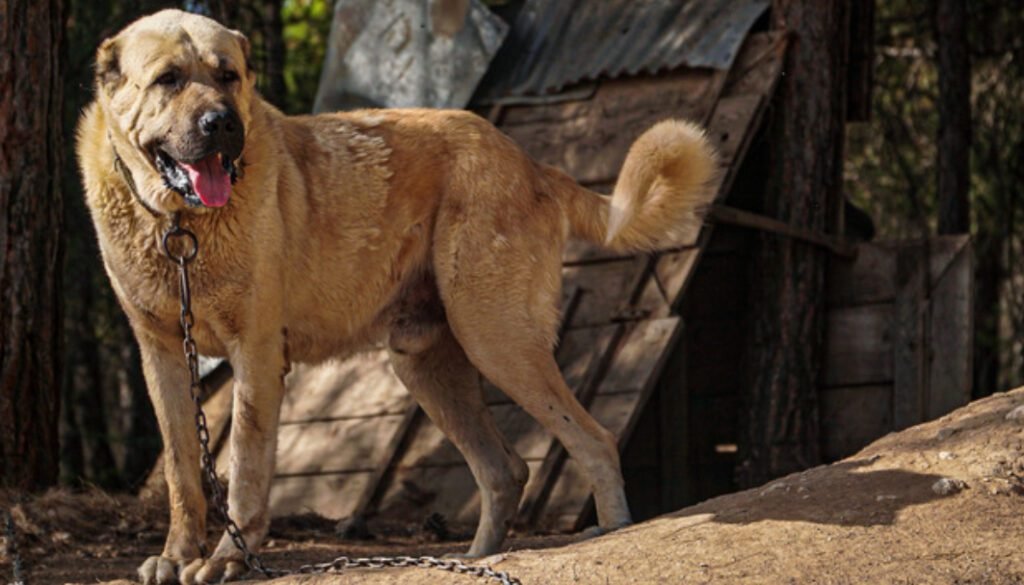
- Introduction to the Kangal Dog
- History and Origin
- Physical Characteristics
- Kangal Dog Temperament
- Training a Kangal Dog
- Common Health Issues
- Diet and Nutrition
- Kangal Puppies: What to Expect
- Grooming and Care
- Kangal Dog Weight and Height Chart
- Lifespan of a Kangal Dog
- Is the Kangal Dog Right for You?
1. Introduction to the Kangal Dog
The Kangal dog is a large, powerful, and fiercely loyal livestock guardian breed from Turkey. Originally bred to protect sheep and goats from predators like wolves and bears, Kangals are known for their intelligence, independence, and protective instincts.
2. History and Origin
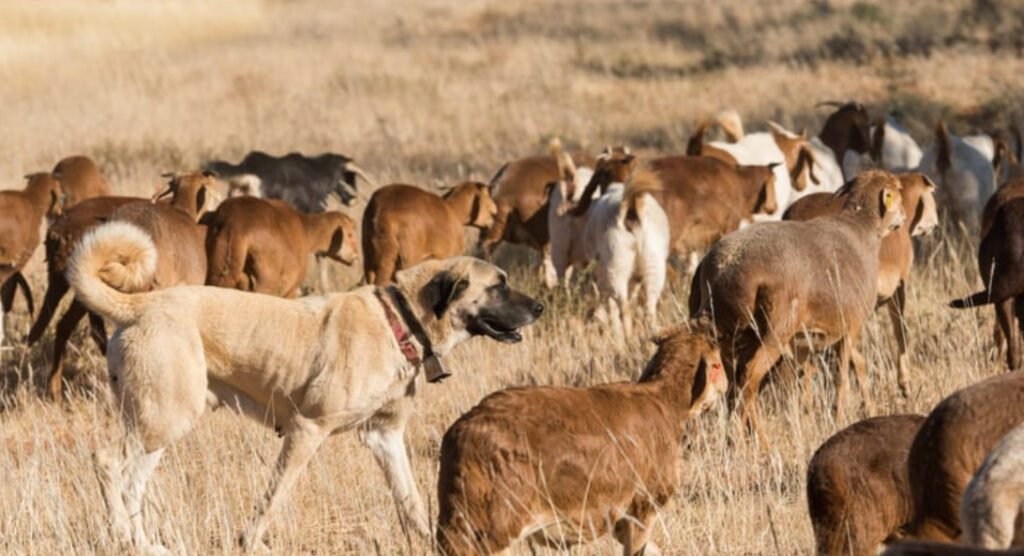
The Kangal hails from the Sivas region of Turkey and has been guarding livestock for thousands of years. The breed is named after the town of Kangal and is considered a national treasure in Turkey. The Turkish Kangal is deeply embedded in Turkish rural life, where it is still commonly used by shepherds.
3. Physical Characteristics
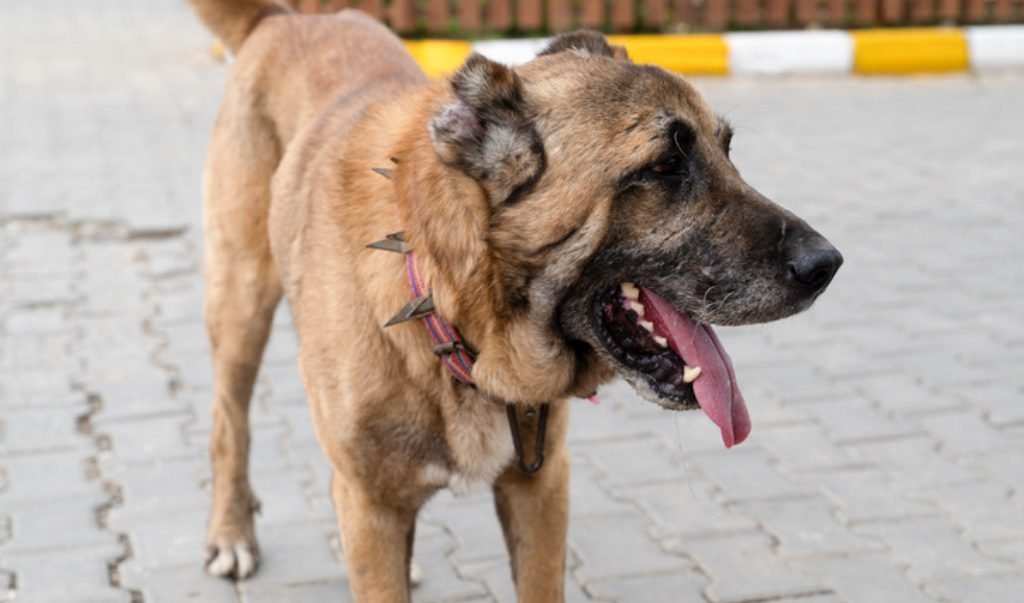
- Size: Very large and muscular
- Coat: Short, dense double coat
- Color: Usually fawn with a black mask
- Head: Broad with powerful jaws
- Tail: Curled over the back
4. Kangal Dog Temperament
Kangals are:
- Protective: Naturally inclined to guard family and property
- Calm and Reserved: Not overly excitable
- Loyal: Deeply bonded with their family
- Independent Thinkers: Make decisions on their own, especially in guarding roles
- Gentle with Family: Especially good with children when socialized properly
5. Training a Kangal Dog
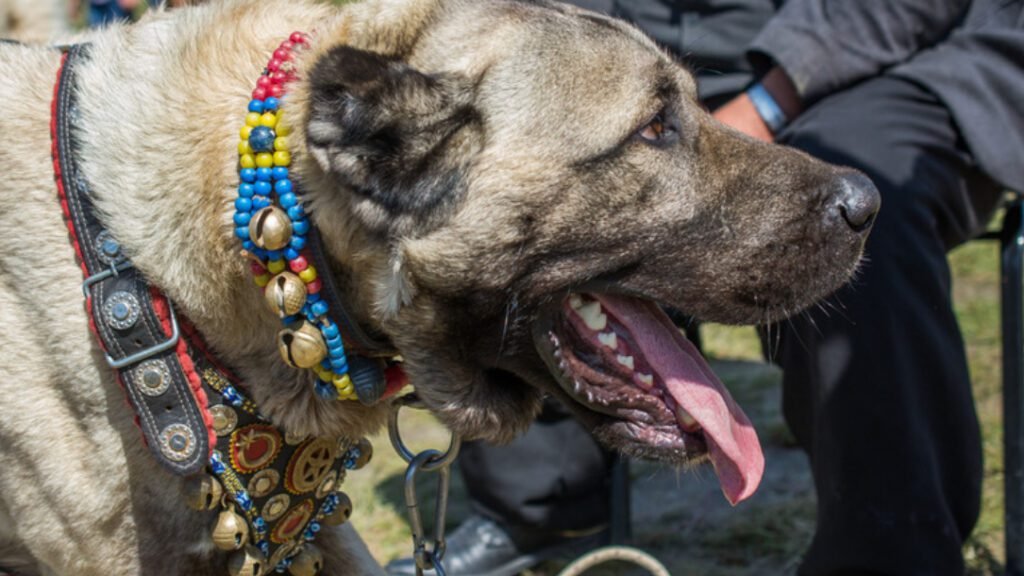
Kangal training requires experience and patience:
- Start early with socialization and obedience training
- Use positive reinforcement
- Avoid harsh punishment—it can lead to resistance or aggression
- Consistency is key due to their independent nature
- Socialize with people, other dogs, and various environments
Best for experienced dog owners or those working with a professional trainer.
6. Common Health Issues
The Kangal breed is generally healthy but can suffer from:
- Hip dysplasia
- Entropion (eyelid condition)
- Bloat (gastric torsion)
- Ear infections (due to droopy ears)
Regular vet checkups and a healthy diet can help prevent many issues.
7. Diet and Nutrition
Proper diet and nutrition are critical for this large breed:
- High-quality kibble or raw diet with high protein
- Include glucosamine for joint support
- Feed 2-3 times per day to avoid bloat
- Avoid overfeeding—Kangals can gain weight easily
Fresh water should always be available.
8. Kangal Puppies: What to Expect
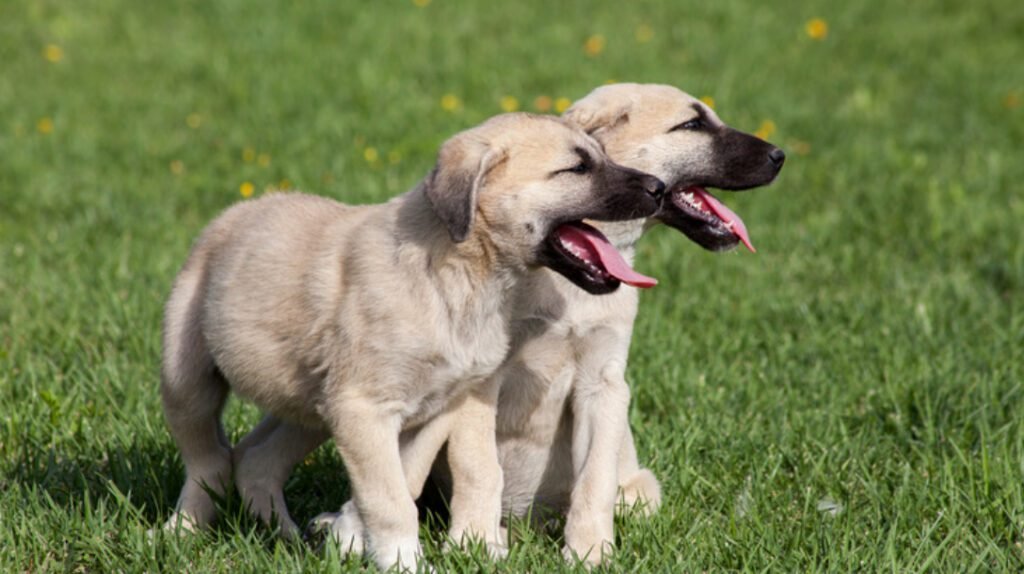
Kangal puppies grow rapidly:
- Require socialization starting at 8 weeks
- Introduce basic commands early
- Chew toys and mental stimulation help with teething and boredom
- Need regular vet visits, deworming, and vaccinations
Expect a puppy to be playful but cautious. Start leash training early.
9. Grooming and Care
Kangals have low grooming needs:
- Weekly brushing to remove loose hair
- Bathe only when necessary
- Check ears regularly
- Trim nails monthly
- Brush teeth weekly for dental health
They shed seasonally, especially in spring and fall.
10. Kangal Dog Weight and Height Chart

| Age | Weight (Male) | Weight (Female) | Height (Male) | Height (Female) |
|---|---|---|---|---|
| 3 months | 35–45 lbs | 30–40 lbs | 20–23 in | 18–21 in |
| 6 months | 65–85 lbs | 55–75 lbs | 25–28 in | 23–26 in |
| 12 months | 90–110 lbs | 80–100 lbs | 29–32 in | 27–30 in |
| Adult | 110–145 lbs | 90–120 lbs | 30–34 in | 28–32 in |
Note: Males are typically larger and heavier than females.
11. Lifespan of a Kangal Dog

The average lifespan of a Kangal is 12 to 15 years, which is excellent for a large breed. Proper care, diet, and regular exercise contribute to their longevity.
12. Is the Kangal Dog Right for You?
Choose a Kangal dog if you:
- Have a large, secure yard or farmland
- Are an experienced dog owner
- Want a loyal, protective companion
- Can commit to training and socialization
- Understand the breed’s independent nature
Kangals are not ideal for apartment living or first-time dog owners.
Final Thoughts
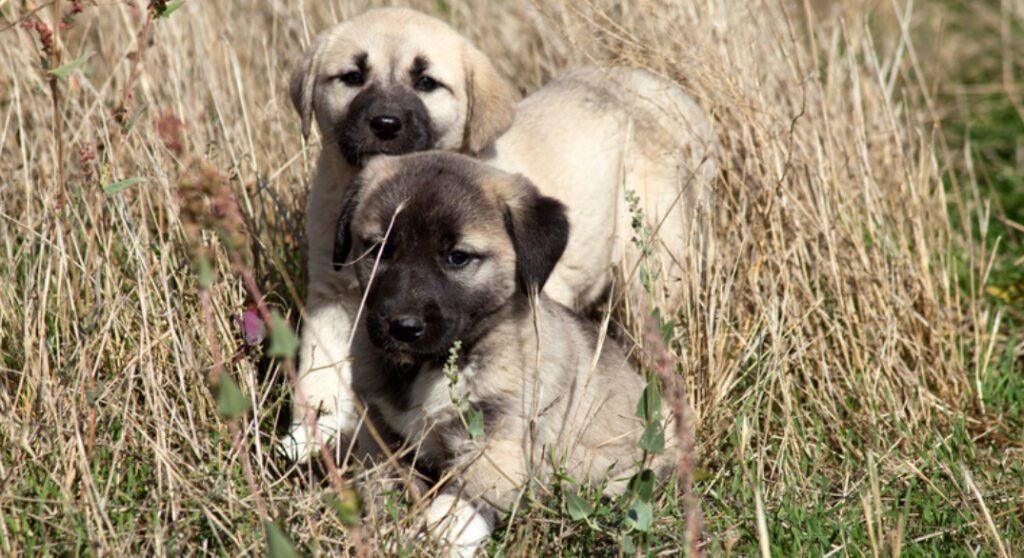
The Kangal dog breed is an incredible guardian and loyal family member for those prepared to meet their needs. With proper training, nutrition, and care, your Turkish Kangal will be a devoted and protective companion for years to come.

Leave a Reply